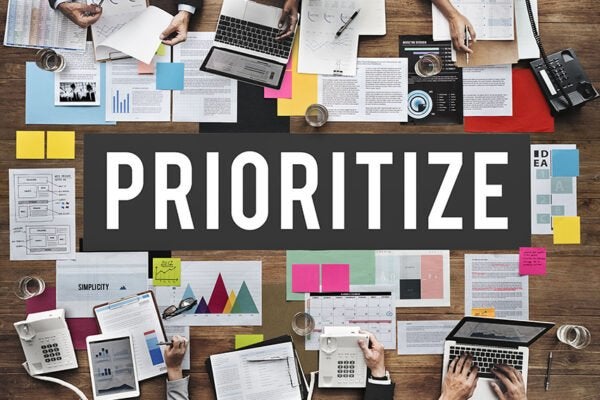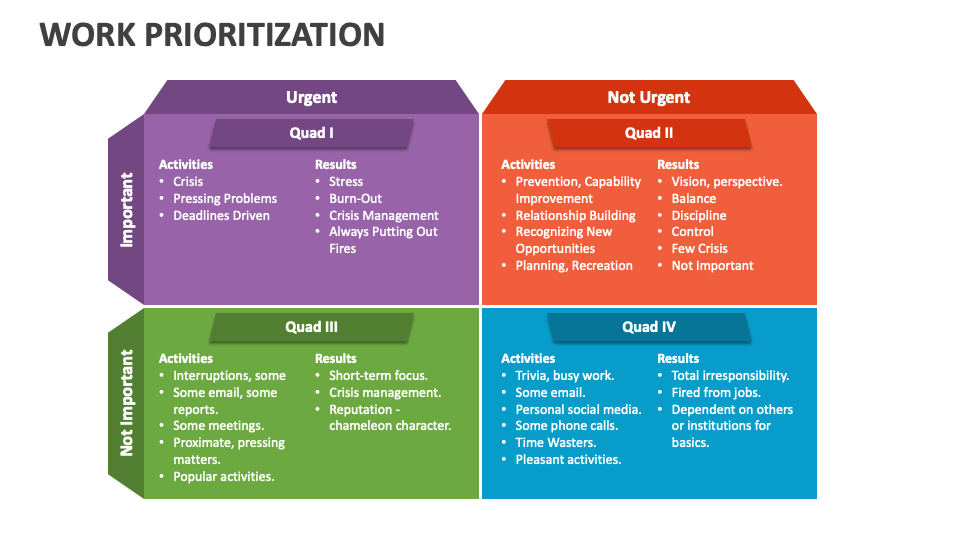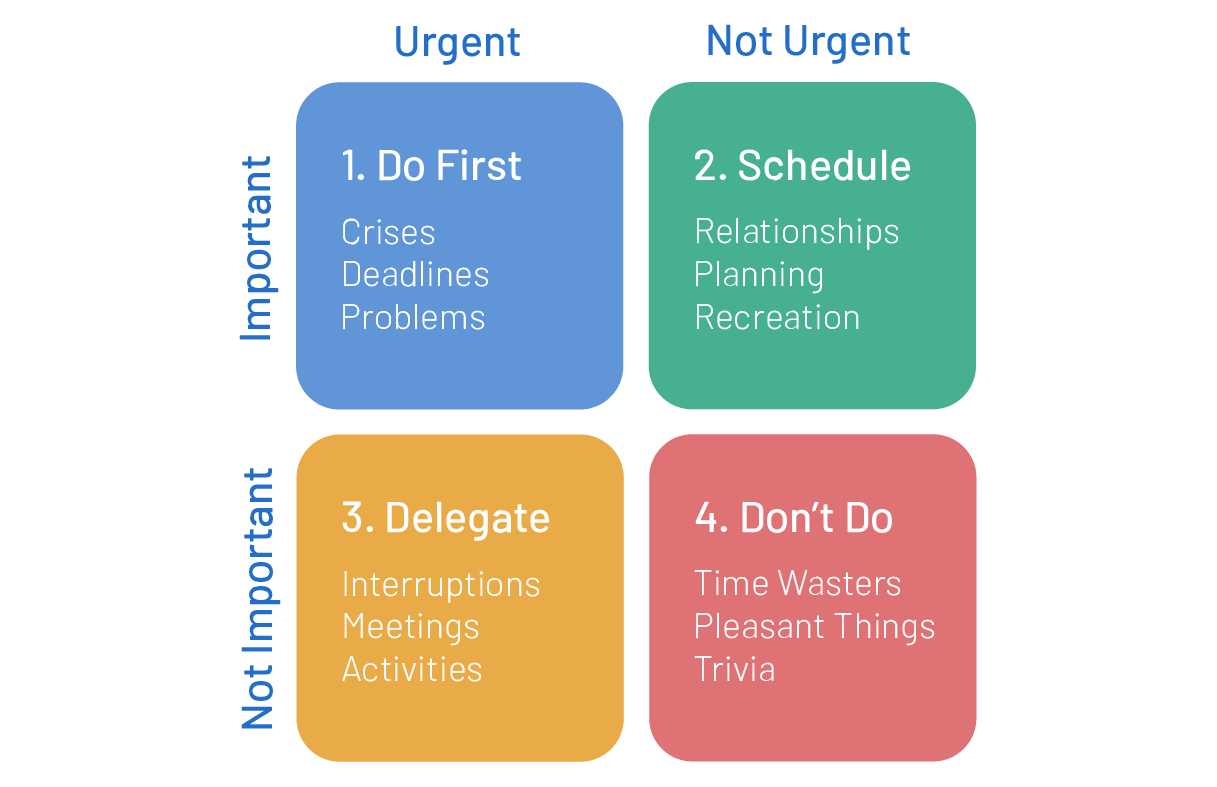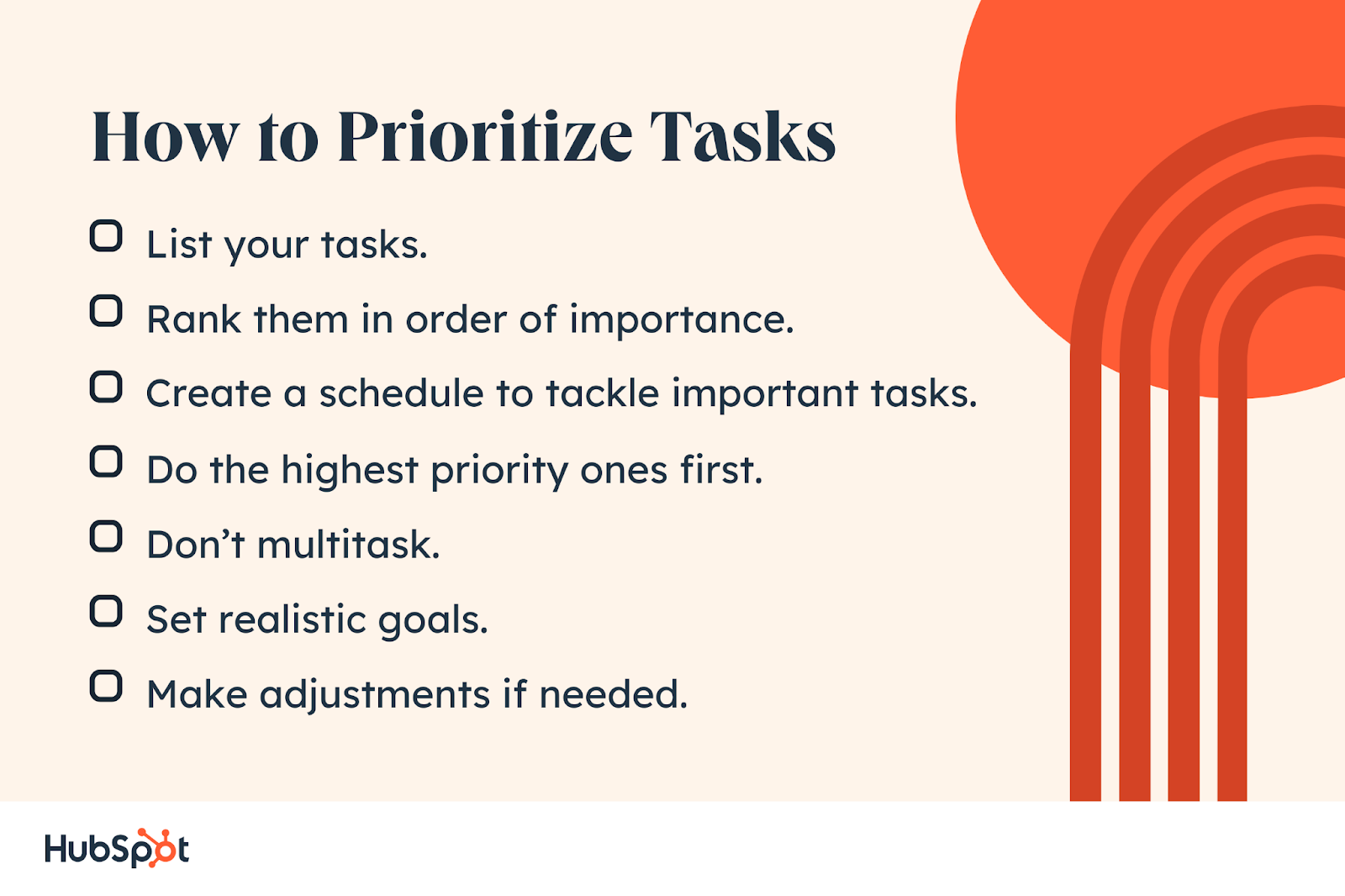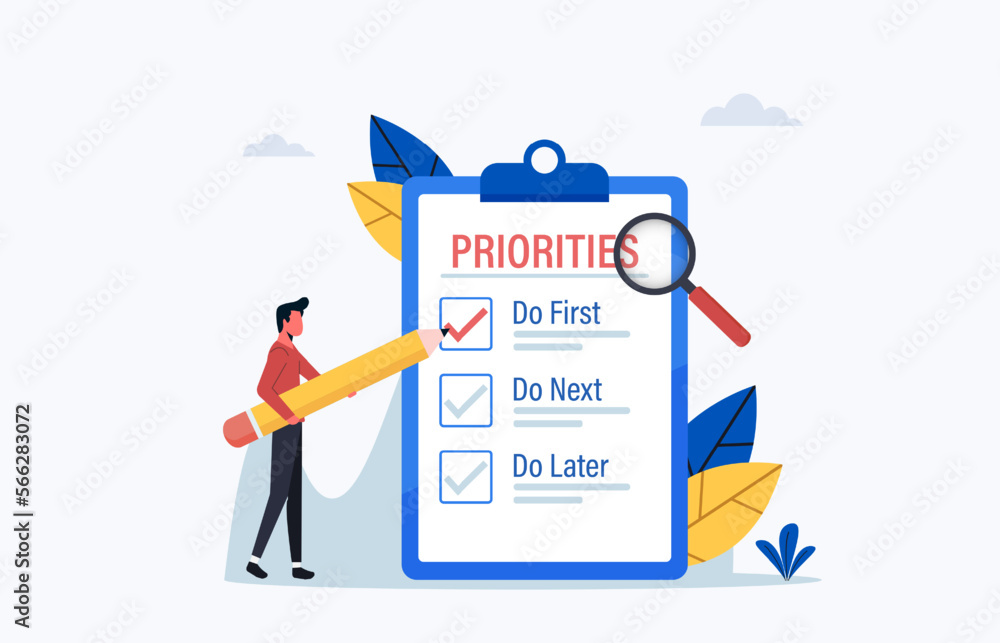Organize Plan And Prioritize Your Work
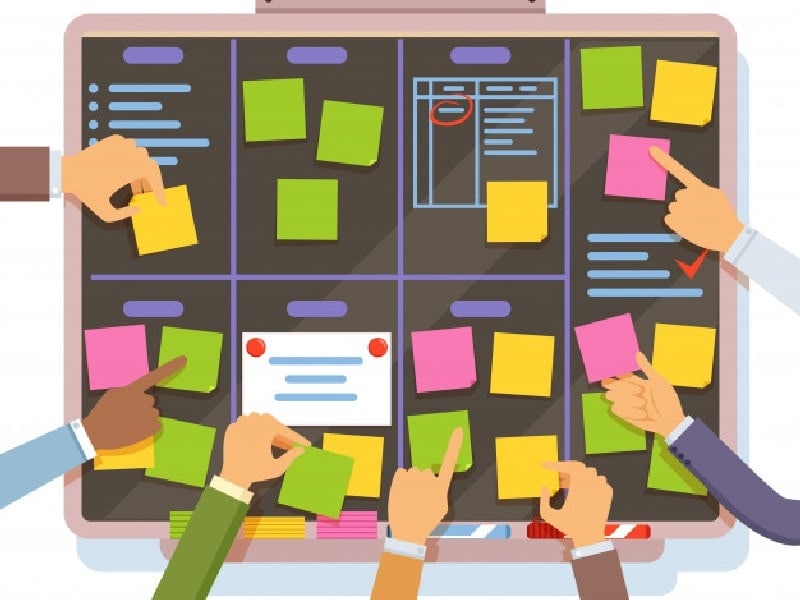
Productivity plummets nationwide as professionals struggle to manage increasing workloads. Experts are urging immediate action through structured organization, planning, and prioritization strategies.
This article details actionable steps individuals can take today to regain control of their tasks, minimize stress, and maximize efficiency.
The Urgency of Order
Chaos reigns in many workplaces. A recent study by the American Psychological Association revealed that 77% of workers experience work-related stress.
Disorganization directly contributes to this. It leads to missed deadlines, decreased quality of work, and increased feelings of being overwhelmed.
Key Strategies for Immediate Impact
The solution isn't complex. Implementing simple techniques can yield significant improvements.
1. Task Inventory and Capture
Begin by compiling a comprehensive list of all tasks, big and small. Use a notepad, digital document, or task management app.
Capture everything – from answering emails to completing major project milestones.
2. Prioritization Using the Eisenhower Matrix
Categorize tasks based on urgency and importance. The Eisenhower Matrix is a powerful tool for this.
Divide tasks into four quadrants: Urgent & Important, Important but Not Urgent, Urgent but Not Important, and Neither Urgent nor Important.
"What is important is seldom urgent and what is urgent is seldom important." - Dwight D. Eisenhower
Focus on the "Important but Not Urgent" quadrant for proactive planning. Delegate or eliminate tasks in the other quadrants accordingly.
3. Time Blocking and Scheduling
Allocate specific time slots for specific tasks. Treat these appointments with yourself as non-negotiable.
Use a calendar or scheduling app to visualize your day and week. Buffer time between tasks to avoid burnout.
4. Break Down Large Tasks
Overwhelmed by a large project? Break it down into smaller, more manageable steps.
Each smaller task becomes less daunting. Celebrate the completion of each sub-task to maintain momentum.
5. Eliminate Distractions
Identify and minimize common distractions. Turn off notifications, close unnecessary tabs, and inform colleagues when you need uninterrupted focus time.
Studies show that distractions can decrease productivity by as much as 40%.
6. Regular Review and Adjustment
Schedule regular check-ins to review your progress. Adapt your plan as needed.
Things change. Flexibility is key to maintaining long-term productivity.
The Bottom Line
Improved organization, planning, and prioritization are not optional extras. They are essential for survival in today's demanding work environment.
Start implementing these strategies today. Reclaim control of your workload and reduce your stress levels.
Further resources and workshops on time management are being planned. Check with your HR department or professional development organizations for upcoming events.


